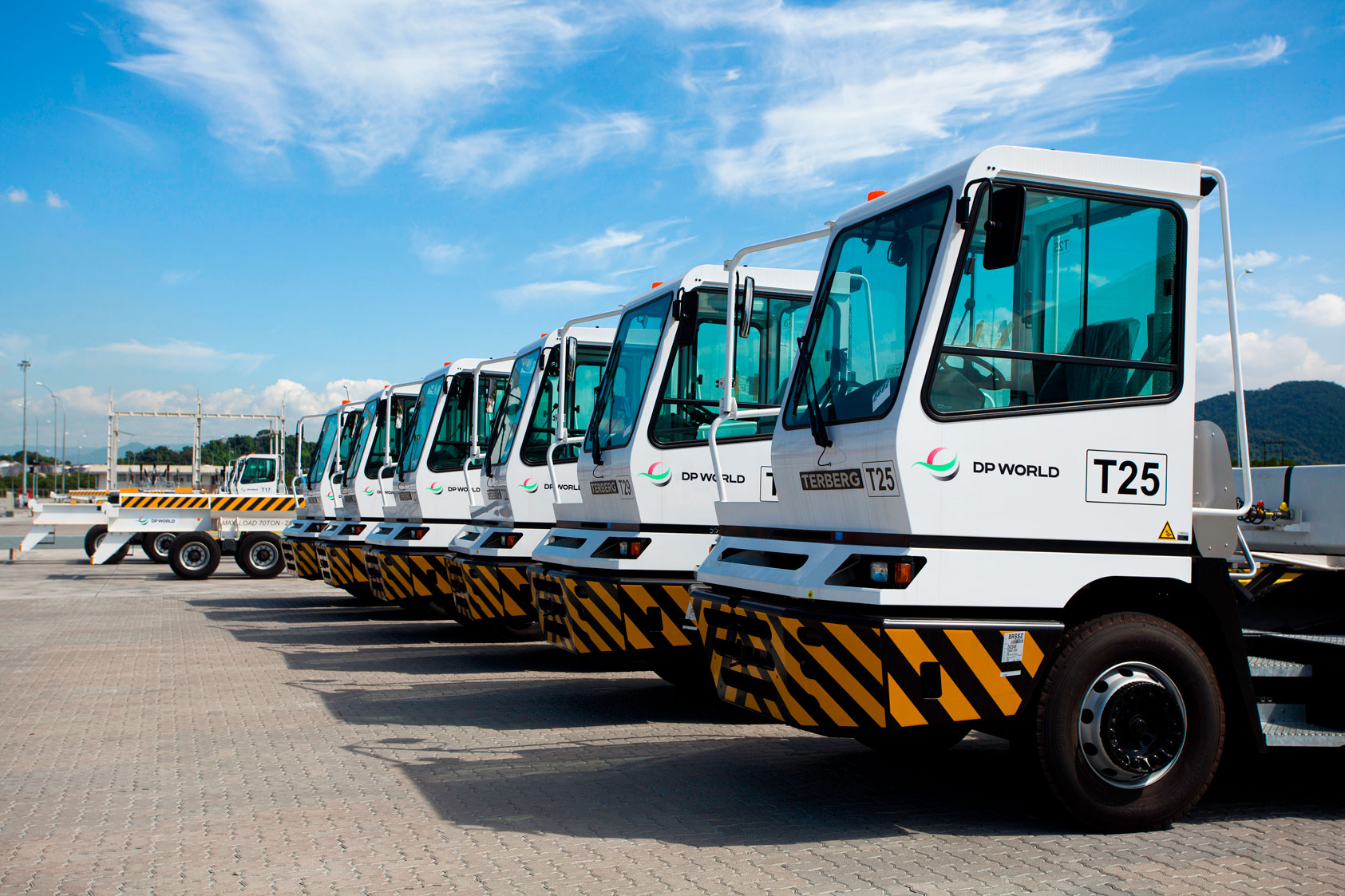-
-
- Global
- Algeria, Djazair
- Angola
- Argentina
- Australia
- Austria
- Belgium
- Brazil
- Canada
- Chile
- China
- Colombia
- Cyprus
- Czechia
- Dominicana
- Ecuador
- Egypt
- EU Intermodal
- Germany
- Hong Kong
- Hungary
- India
- Indonesia
- Italy
- Malaysia
- Mexico
- Mozambique
- Netherlands
- New Zealand
- Pakistan
- Panama
- Peru
- Philippines
- Poland
- Romania
- Rwanda
- Saudi Arabia
- Senegal
- Serbia
- Singapore
- Somaliland
- South Korea
- Suriname
- Thailand
- Turkiye
- United Arab Emirates
- Ukraine
- United Kingdom
- USA
- Vietnam
-
Menu
-
About Us
Related content
- Solutions
- Services P&T
- Sustainability
- About Us nav
- Solutions nav
- Services P&T nav
- Sustainability
DP World adopts anti sleep device for internal vehicles through the Port
Date: 22/08/2023
Cameras are installed in the internal vehicles and monitor the driver in real time. At the slightest sign of fatigue, an audible alert is triggered
DP World in Brazil, has once again innovated by integrating an intelligent monitoring system into its operations, which captures images of internal drivers during the internal journey to handle cargo.
The sensor detects signs of drowsiness and distractions at the wheel by the driver, as well as the absence of a seat belt. At the slightest sign of these and other occurrences, an audible alert is issued to the driver and a 24-hour monitoring center is alerted in real time for the appropriate treatment, together with the area supervisor. The technology increases the safety of professionals and helps reduce the risk of accidents and operational damage.
According to the manufacturer, the system is able to reduce the number of accidents caused by driver distraction or fatigue by 78% and the cost of repairs resulting from accidents by 40%. The total investment is around R$ 300.000,00.
Through a camera installed on the windshield of the vehicle, facing the driver's face, the equipment captures the images and works 24 hours a day. All information is sent to a monitoring center, which works remotely and acts immediately. The data, however, can be accessed anywhere and at any time.
“Identifying and mitigating possible risks in the operation is essential for the safety of our members. It allows us to make the best decisions regarding the safety of activities, which is a fundamental value for us at DP World. This preventive action contributes to increased safety and the good results we have recorded over the years", explains Wilson Lozano, COO of DP World in Brazil.
Currently, 47 vehicles - which represents 100% of the fleet of trucks carrying containers - have the technology, and the expectation is that by the end of September another 19 trucks that are part of the fleet dedicated to pulp operations will also be equipped with the system. The next step is to implement the system also in the cars supporting the operations.



 Ship Schedules
Ship Schedules




